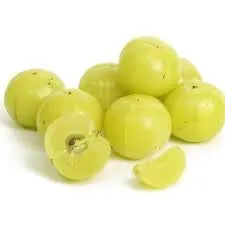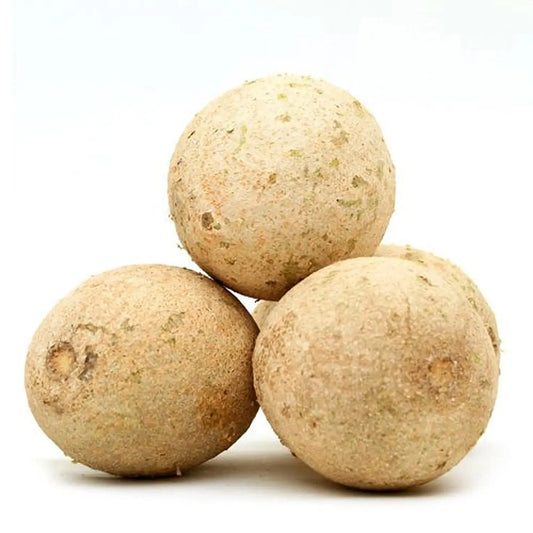-
Amla Seeds | Indian Gooseberry Tree Seeds for Planting
Regular price Rs. 155.00Regular price -
Custard Apple Seeds | Sitaphal Plant Seeds
Regular price From Rs. 149.00Regular price -
Guava Tree Seeds for Planting
Regular price From Rs. 122.00Regular price -


Sapota Seeds (Chikoo / Chiku / Manilkara zapota / Sapodilla) – Grow Your Own Sweet Tropical Delight!
Regular price Rs. 149.00Regular price -
Jungle Jalebi Fruit Seeds (Manila Tamarind, Madras Thorn)
Regular price Rs. 149.00Regular price -
Wood Apple Tree Seeds (Bael, Aegle Marmelos)
Regular price Rs. 149.00Regular price
Collection: Fruit Tree Seeds
Fruit tree seeds vary widely depending on the type of fruit tree you're interested in growing. Here’s a generic description of fruit tree seeds and their characteristics:
1. **Seed Types**: Fruit tree seeds can be categorized into two main types:
- **Stone Fruits**: Seeds enclosed in a hard, stony endocarp, such as peaches, cherries, plums, and apricots.
- **Pome Fruits**: Seeds contained within a core surrounded by a fleshy fruit, including apples and pears.
2. **Germination**: Many fruit tree seeds require a period of stratification (chilling) to break dormancy and promote germination. This can be achieved naturally outdoors during winter or artificially by refrigeration.
3. **Propagation**: Fruit tree seeds are propagated through sexual reproduction (seed propagation), unlike many other fruit plants that are often propagated asexually through grafting or cuttings.
4. **Planting**: Seeds are typically planted in well-draining soil, either directly in the ground or in containers. Depth and planting method can vary depending on the specific tree species.
5. **Growth Rate**: Fruit trees grown from seed generally take longer to mature and produce fruit compared to trees propagated through grafting or cuttings.
6. **Variability**: Trees grown from seed can exhibit genetic variability, meaning they may not necessarily inherit all desired traits (such as fruit size or flavor) from the parent tree.
7. **Maintenance**: Fruit trees require regular care including watering, pruning, fertilizing, and protection from pests and diseases to ensure healthy growth and fruit production.
When planting fruit tree seeds, it's important to research the specific requirements of the tree species you're interested in to ensure successful germination and growth. Patience and proper care are essential as it may take several years for trees grown from seed to mature and bear fruit.













